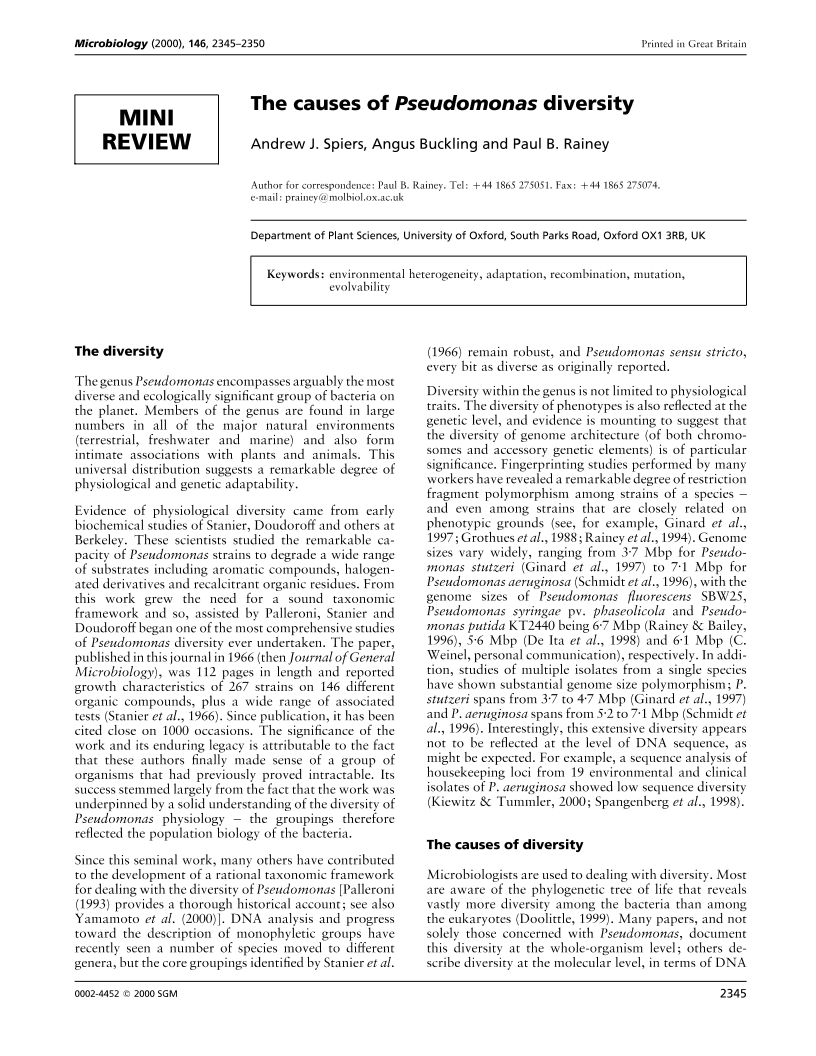
Full text loading...

The causes of Pseudomonas diversity, Page 1 of 1
< Previous page | Next page > /docserver/preview/fulltext/micro/146/10/1462345a-1.gif
There is no abstract available.

Article metrics loading...

Full text loading...
References

